The latest round of defense aid to be supplied to Ukraine by the U.S. government contained one surprising item: AIM-9M Sidewinder heat-seeking air-to-air missiles. Although almost no details have been provided, there are several options for how these weapons could be used to bolster Ukrainian air defenses — whether launched from aircraft or from the ground.
An undisclosed number of “AIM-9M missiles for air defense” were included in the presidential drawdown authority package announced on August 29. With this package, the United States brought its security assistance commitment to Ukraine to more than $43 billion since the beginning of Russia’s full-scale invasion in February 2022.
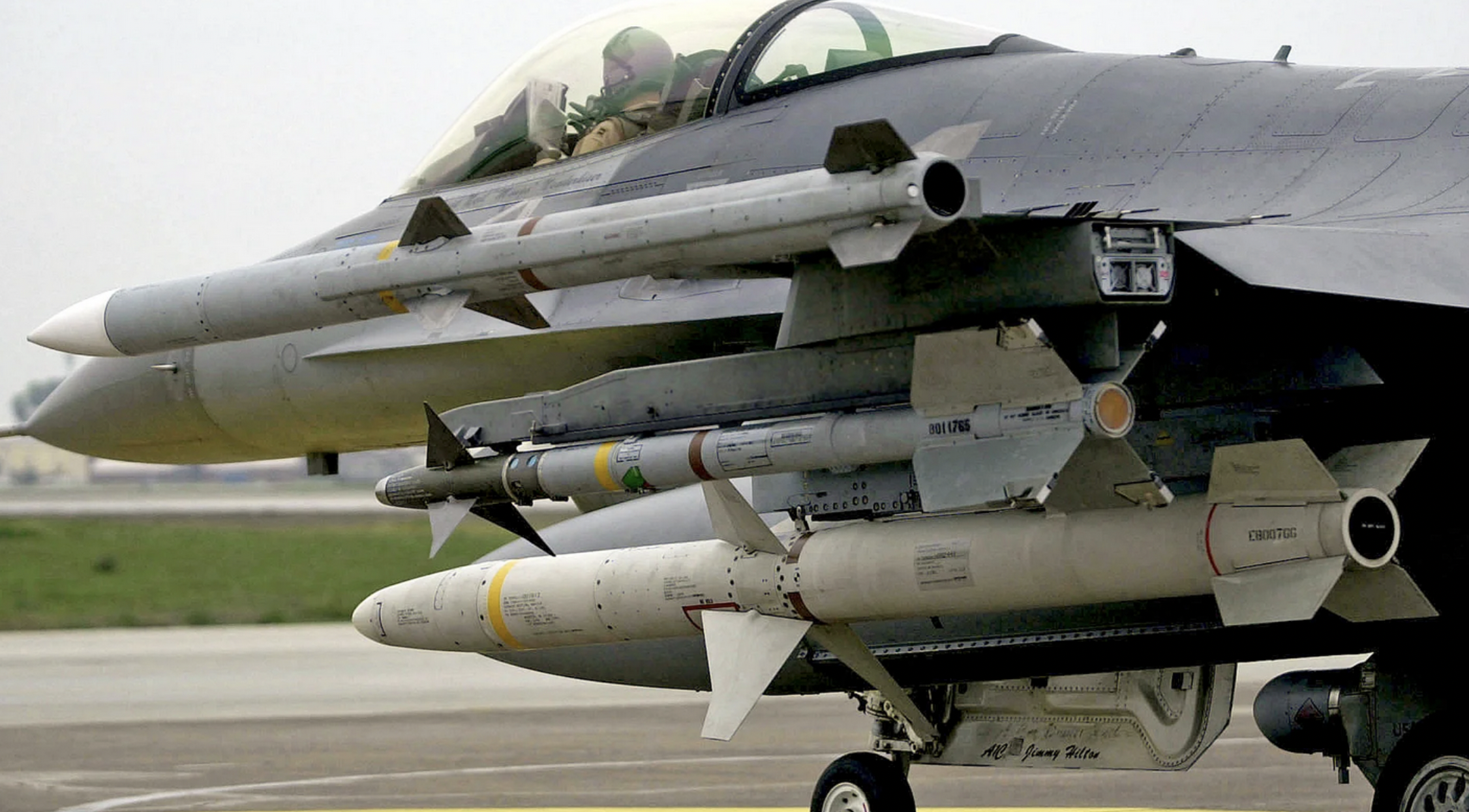
This follows another peculiar announcement that Canada was donating 43 AIM-9s to Ukraine last May.
What’s not clear is how Ukraine will use these missiles.
One option, perhaps the most obvious, would be to use them to supplement Soviet-era R-73 (AA-11 Archer) series infrared-guided air-to-air missiles (AAMs) used by Ukrainian fighters, namely the MiG-29 Fulcrum and Su-27 Flanker. In the past, we looked at the various issues of integrating AIM-120 AMRAAM missiles on these fighters, but doing the same with the Sidewinder should be easier.
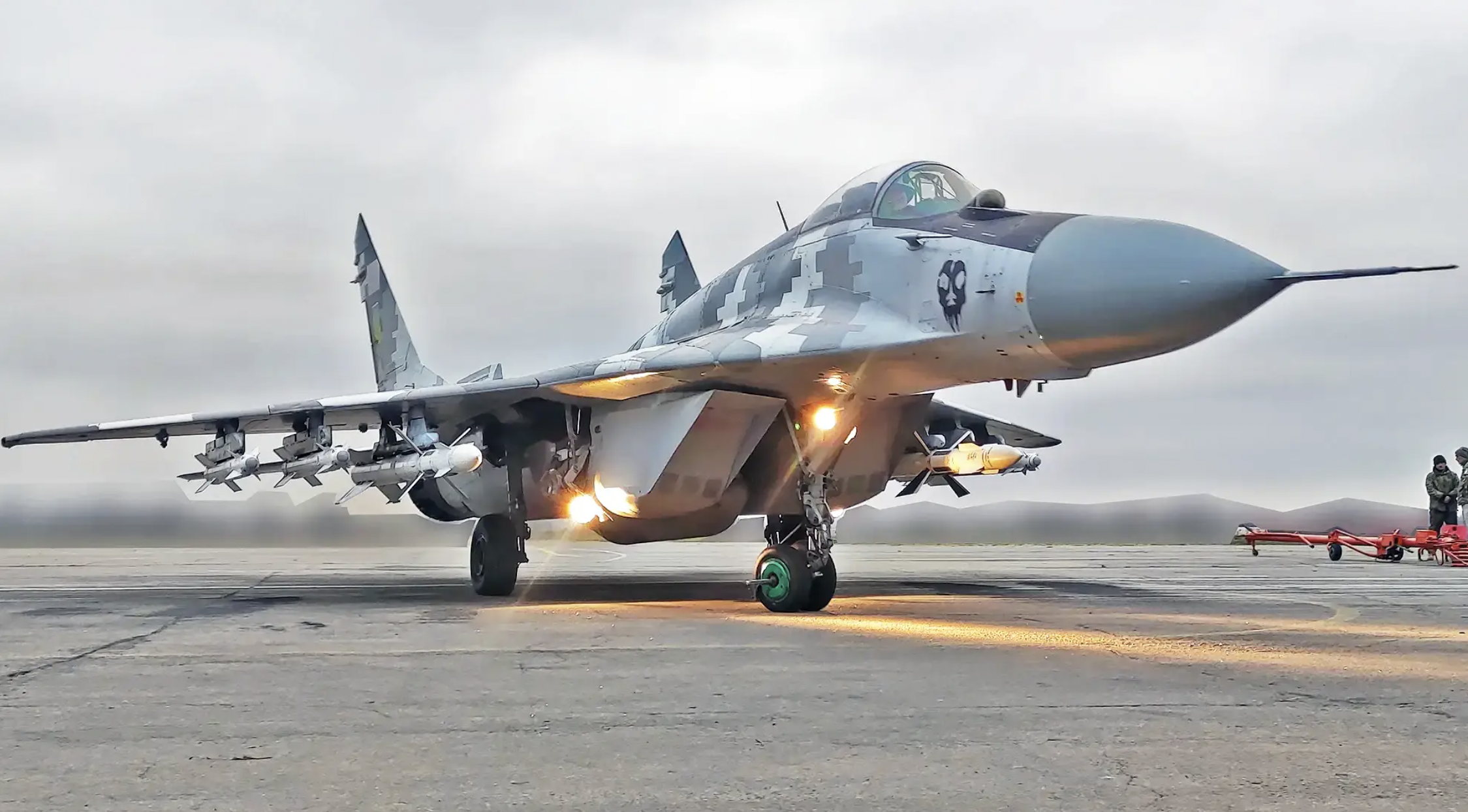
The AIM-9M is broadly similar to the R-73, in terms of capabilities and rough dimensions.
More specifically, the AIM-9M has the all-aspect capability introduced on the AIM-9L model but provides all-around better performance. It has improved defense against infrared countermeasures, enhanced background discrimination capability, and a reduced-smoke rocket motor. Deliveries of the AIM-9M model began in 1983.
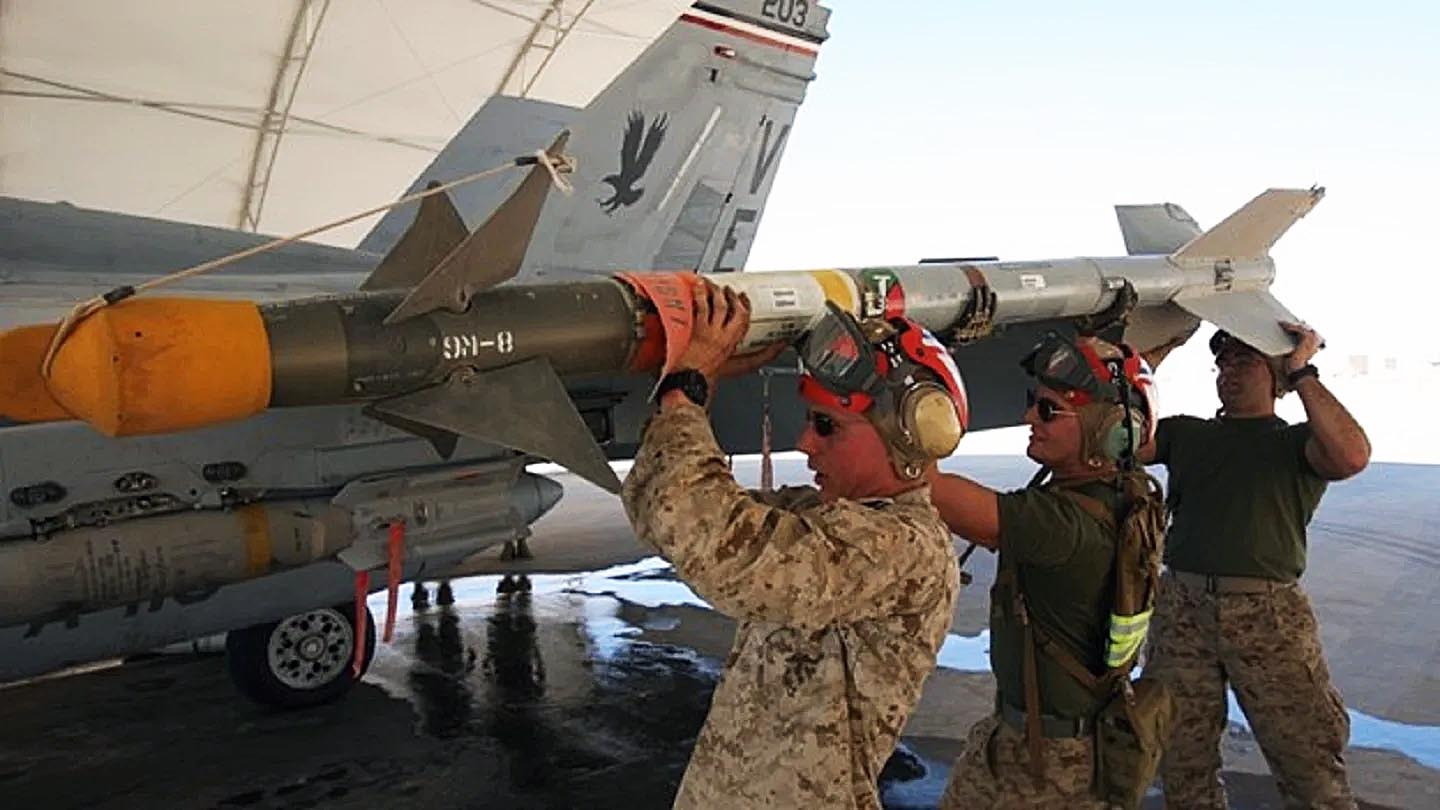
While the AIM-9M version has been superseded by the radically re-engineered AIM-9X, it still has plenty of relevance today and it remains in widespread use. The AIM-9M also retains narrow advantages over the AIM-9X in very particular types of engagements, which has led the type to be carried in a mix with AIM-9X on some U.S. fighters depending on the threat profile they are facing.
Adaptations that allow the MiG-29 and Su-27 to employ the AGM-88 High-speed Anti-Radiation Missile (HARM) and the Joint Direct Attack Munition – Extended Range (JDAM-ER) suggest it would be possible to integrate AIM-9Ms on the same aircraft. This is potentially something that could also be achieved in fairly short order. In the case of the MiG-29, there have already been feasibility studies made in Poland, although these looked at the integration of the AIM-9X version, specifically. Still, they could have offered a head start for integrating the AIM-9M, which should be far simpler than a full feature set integration of the AIM-9X. It’s even possible that work began on the MiG-29s Poland donated to Ukraine before they joined Kyiv’s air arm.

Both Ukrainian fighter types have been tasked with helping to hunt for drones, specifically Shahed-136 kamikaze types, as part of a sweeping defensive plan to minimize their impact on the battlefield. You can read all about what it’s like hunting these highly destructive weapons in this past piece of ours. The AIM-9M could prove to be a very useful tool in continuing to do so.
The Su-24 Fencer and Su-25 Frogfoot attack strike/aircraft, which can carry Soviet-era R-60 (AA-8 Aphid) series infrared-guided AAMs for self-defense, could potentially be modified to carry AIM-9Ms, too. However, the R-60 is a much smaller weapon and adaptations could be more intensive. At the same time, Ukrainian tactics for these aircraft very much emphasize keeping out of the way of hostile Russian fighter jets, rather than trying to fight them off with short-range missiles. Having extra airframes for hunting drones could be useful, but they have no sensors optimized for air-to-air detection and tracking to cue the AIM-9Ms onto their target, especially at night.
Then there is the possibility that the “AIM-9M missiles for air defense” are actually expected to be used by some kind of ground-based air defense system.
Ukraine has already received the Western-supplied National Advanced Surface-to-Air Missile Systems, or NASAMS, the primary armament for which is the U.S.-made AIM-120 Advanced Medium-Range Air-to-Air Missile, or AMRAAM. NASAMS can also fire infrared-homing IRIS-T missiles (which have also been supplied to Ukraine, separately), as well as Sidewinders, but currently only the latest AIM-9X Block II version is compatible with NASAMS.

Perhaps, NASAMS could be adapted to fire earlier AIM-9Ms, too, but they require direct line-of-sight to the target to achieve a lock-on before launch. They also use a relatively simple interface with the launch aircraft that actually may be tough to integrate into a complex and relatively static air defense system like NASAMS.
It is far more logical to use these missiles as part of a highly mobile short-range air defense system (SHORADS), one that would be incredibly relevant to Ukrainian needs, especially near the front lines where Russian attack helicopters and drones are proving to be a huge problem.
If so, the obvious option would be the U.S.-made, Cold War-era M48 Chaparral, a self-propelled short-range surface-to-air missile system that’s armed with earlier variants of the Sidewinder, with these missiles being known as MIM-72 in surface-launched form.

The Chaparral’s mobile launcher is meanwhile based on the M113 family of vehicles, which have also been previously supplied to Ukraine in large numbers, although towed launchers were also supplied for the Chaparral system.
The Chaparral entered U.S. Army service in 1969 and the last examples were phased out in the 1990s. The system also served with the U.S. Marine Corps.

Today, despite its age, examples of the Chaparral remain in use elsewhere.
Chile, Ecuador, Egypt, Morocco, Taiwan, and Tunisia all reportedly still use these systems, although some are phasing them out.
Israel and Portugal have retired their systems and, as a NATO member, Portugal might be a candidate to provide the Chaparral to Ukraine, as long as some of the 34 systems it received are still in storage. Having been retired from service around 2018, that’s a possibility.
Morocco also is a major user of Chaparral and is in the midst of a massive upgrade of its air defense capabilities. This includes a large buy of Israel’s very flexible Barak MX surface-to-air missile system as well as the U.S. Patriot air defense system, working to create a multi-layered integrated air defense architecture. With these developments, Chaparrals could potentially be spared.
Taiwan is really the biggest wildcard here, however.
Taiwan purchased as many as 90 self-propelled Chaparral systems in the early 1980s and, uniquely, also installed a naval version of the Chaparral on its warships.
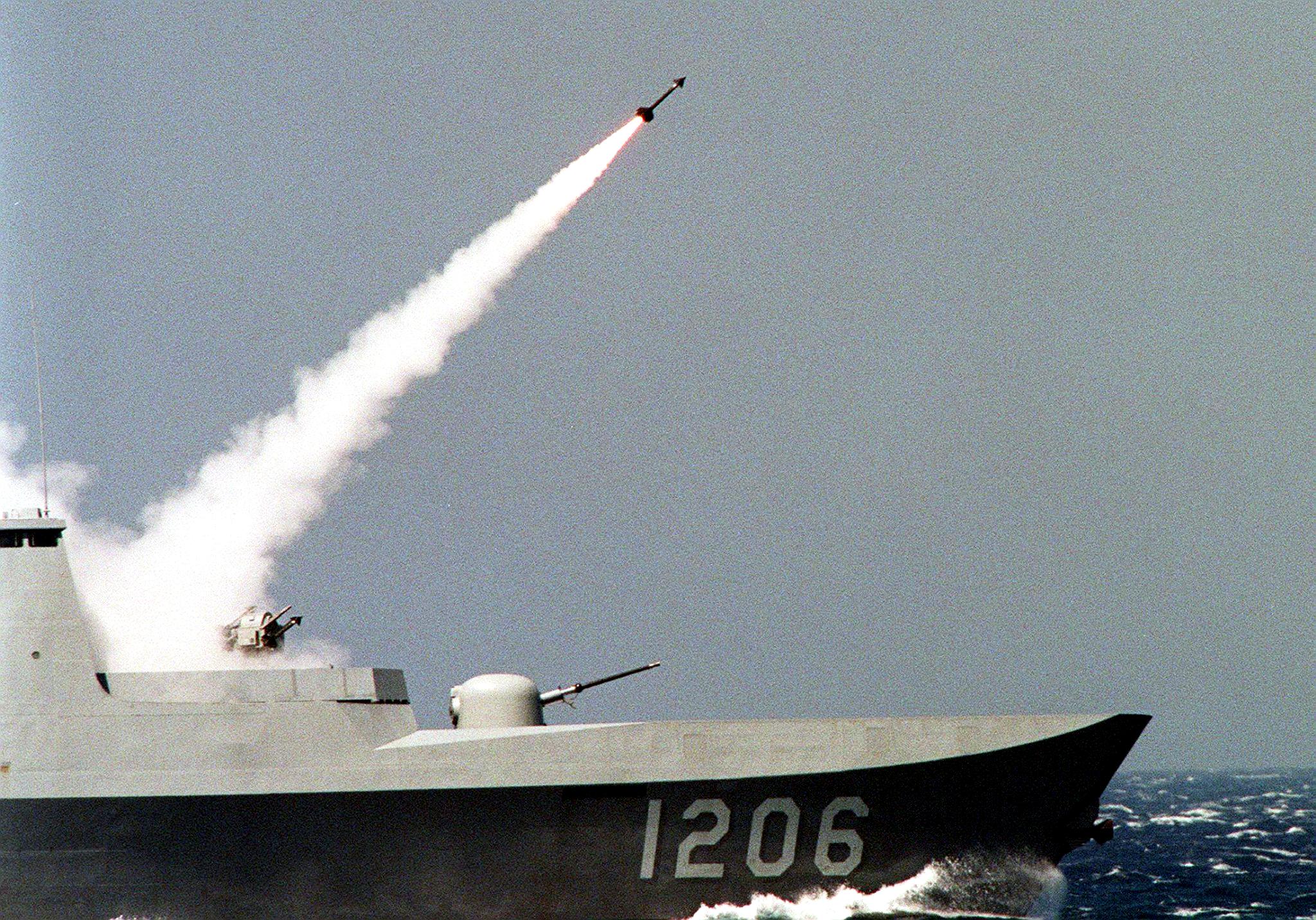
While the Chaparral might be dated, Taiwan has continued to operate it, faced with the threat of a potential Chinese invasion involving huge numbers of aircraft, drones, and missiles. Backed up by a range of other missile and gun air defense systems, as well as a wide-ranging network of radars, the Cold War-era Chaparral still has a place in the Taiwanese arsenal. As recently as 2016, U.S. defense contractor Kratos received a $23-million dollar contract to sell additional missiles for the system to Taiwan. This work was expected to be completed by the end of 2019.
There’s a possibility, however, that Taiwan might be willing to sell or trade at least some of its Chaparral systems back to the United States, or to another third party, permitting them to be transferred to Ukraine. Were Taiwan to be offered some kind of more modern defense equipment to sweeten that deal, it might well prove tempting. The U.S. is providing new direct aid to Taiwan in the form of Presidential Drawdowns which could be used as an incentive for the island to give up some of its Chaparrals.
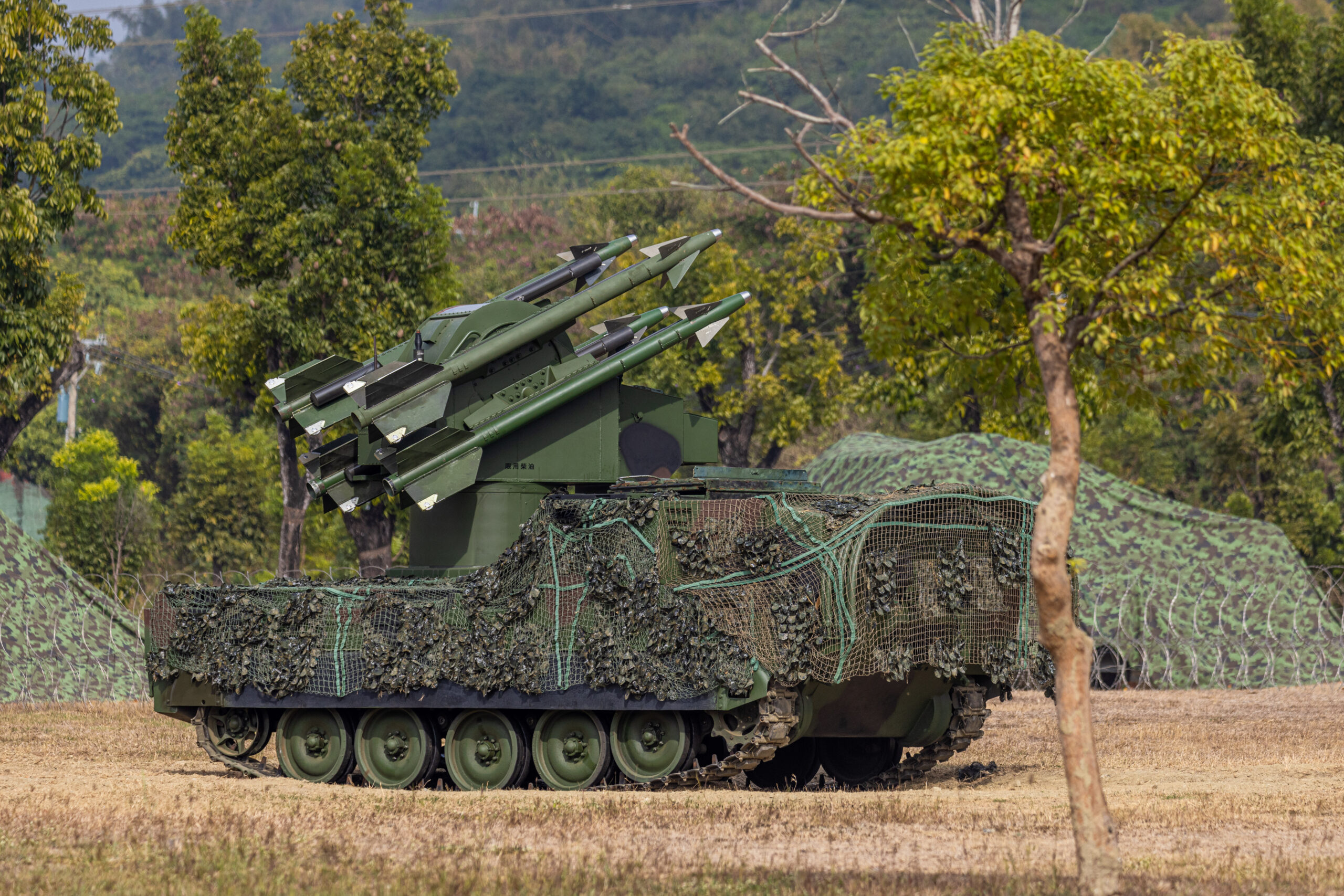
If Chaparrals are not available, there is the option of adapting the AIM-9M in some kind of improvised mobile air defense solution. There is a precedent for this, with the British effort to integrate the ASRAAM air-to-air missile on a Supacat high-mobility vehicle for Ukraine. You can read more about that program here.

Some sort of sensor system, even an infrared scanner/tracker slaved to a turret with the missiles mounted on it, could be enough to put the AIM-9M to use in the SHORAD role, although we have not seen such a solution emerge just yet in Ukraine.
While the Chaparral is fully developed, appears perfectly suited for Ukrainian requirements, and uses an existing vehicle in Ukrainian service, developing an improvised system might seem like an odd move. But if no Chaparrals are available, it may be a necessary one.
Finally, it’s possible that these air-to-air missiles are being adapted for use by modified Soviet-designed short-range air defense systems that are already in Ukrainian service. The type that most closely resembles the Chaparral, with its lock-on before launch operating mode and rapid slewing ability, is the tracked 9K35 Strela-10 (SA-13 Gopher). However, its 9M37/9M333 series missiles are somewhat smaller than the AIM-9M and are also containerized.

Prior to the start of the latest hostilities, Ukraine was thought to have at least 75 examples of the Strela-10 in service. The system also remains fairly widespread in NATO service, with examples still fielded by Bulgaria, Croatia, the Czech Republic, Hungary, and North Macedonia, while there may still be stocks of retired systems held by both Poland and Slovakia. A batch of six Strela-10Ms has already been provided to Ukraine by the Czech Republic.
At the same time, there is another precedent here, as we know that the AIM-7/RIM-7 Sparrow/Sea Sparrow has been adapted for Ukrainian Buk (SA-11 Gadfly) surface-to-air missile launchers that have now come close to depleting their original missile stocks.
In the air or on the ground, or both, the AIM-9M would be a very welcome addition to Ukraine’s military, which is running very low on anti-air missiles in general. Its supply of Soviet-designed types is depleted after a year and a half of high-intensity conflict, including facing massive barrages of cruise missiles and kamikaze drones regularly. Like the AIM-120 AMRAAM that outfits NASAMS, NATO has very deep stocks of AIM-9Ms, and many of these weapons are aging out and/or are being replaced by more advanced weapons like the AIM-9X and IRIS-T. As a result, a steady stream of donations to Ukraine could meet the country’s needs for the foreseeable future.
We reached out to the Pentagon for more details about how Ukraine will use its AIM-9Ms but were deferred to the Ukrainian Ministry of Defense. For now, we will have to wait and see. Based on previous experiences, the precise application might only become known once videos or photos begin to circulate showing these missiles in action.
Contact the author: thomas@thedrive.com
